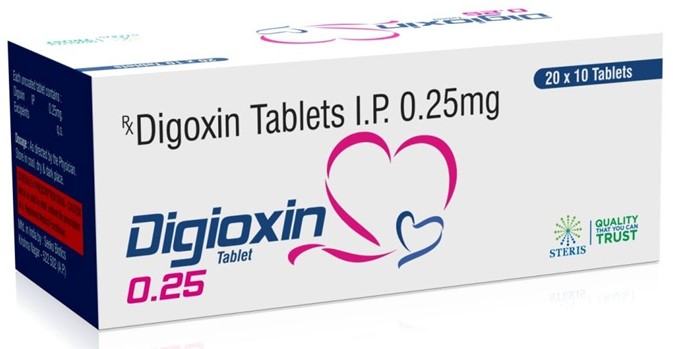A nurse is reviewing the laboratory results of a client who has fluid volume deficit. The nurse would expect which of the following findings?
Sodium 155 mEq/L
Hematocrit 44%
Urine specific gravity 1.035
BUN 19 mg/dL
The Correct Answer is C
Choice A: Sodium 155 mEq/L is correct because it indicates hypernatremia, or high sodium level, which can occur in fluid volume deficit due to dehydration, excessive sweating, or diuretic therapy. Sodium is an electrolyte that regulates fluid balance and osmotic pressure in the body. The normal range of sodium is 135 to 145 mEq/L.
Choice B: Hematocrit 44% is incorrect because it is within the normal range of hematocrit, which is the percentage of red blood cells in the blood. Hematocrit can reflect the oxygen-carrying capacity and viscosity of the blood. The normal range of hematocrit is 37% to 47% for females and 42% to 52% for males.
Choice C: Urine specific gravity 1.035 is correct because it indicates a high urine concentration, which can occur in fluid volume deficit due to decreased urine output and increased solute excretion. Urine specific gravity is a measure of the density of urine compared to water. The normal range of urine specific gravity is 1.005 to 1.030.
Choice D: BUN 19 mg/dL is incorrect because it is within the normal range of BUN, which stands for blood urea nitrogen, and is a measure of the amount of nitrogen in the blood that comes from urea, a waste product of protein metabolism. BUN can reflect the kidney function and hydration status of the client. The normal range of BUN is 7 to 20 mg/dL.

Nursing Test Bank
Naxlex Comprehensive Predictor Exams
Related Questions
Correct Answer is A
Explanation
Choice A Reason: This is correct because a phosphate of 5.7 mg/dL indicates hyperphosphatemia, which is a high level of phosphate in the blood. Hyperphosphatemia is a common manifestation of hypoparathyroidism, which is a condition that causes low levels of parathyroid hormone (PTH). PTH regulates calcium and phosphate balance in the body, and low PTH leads to decreased calcium and increased phosphate levels. The nurse should monitor the client's neuromuscular and cardiovascular status, and administer calcium and vitamin D supplements as ordered.
Choice B Reason: This is incorrect because a calcium of 9.8 mg/dL is within the normal range of 8.5 to 10.5 mg/dL. Hypoparathyroidism causes hypocalcemia, which is a low level of calcium in the blood. Calcium is essential for muscle contraction, nerve transmission, and blood clotting, and low calcium levels can cause tetany, seizures, and cardiac arrhythmias. The nurse should monitor the client's vital signs, electrocardiogram, and Chvostek's and Trousseau's signs, and administer calcium and vitamin D supplements as ordered.
Choice C Reason: This is incorrect because a magnesium of 1.8 mEq/L is within the normal range of 1.5 to 2.5 mEq/L. Hypoparathyroidism does not affect magnesium levels significantly, and this result does not indicate an urgent problem for the client.
Choice D Reason: This is incorrect because a vitamin D of 25 ng/mL is within the normal range of 20 to 50 ng/mL. Hypoparathyroidism causes low levels of vitamin D, which is needed for calcium absorption and bone health. Vitamin D deficiency can cause rickets, osteomalacia, and osteoporosis. The nurse should monitor the client's bone density and fractures, and administer vitamin D supplements as ordered.

Correct Answer is A
Explanation
Choice A: Digoxin is correct because it is a medication that can cause visual disturbances, such as blurred vision, yellow-green halos, or photophobia, as a sign of digoxin toxicity. Digoxin toxicity can occur when the serum digoxin level exceeds the therapeutic range of 0.5 to 2 ng/mL. Digoxin toxicity can also cause nausea, vomiting, anorexia, confusion, bradycardia, and cardiac arrhythmias. The risk of digoxin toxicity is increased by hypokalemia, which can lower the threshold for digoxin action and enhance its effects on the cardiac muscle.
Choice B: Aspirin is incorrect because it is a medication that can cause gastrointestinal bleeding, tinnitus, or allergic reactions, but not visual disturbances. Aspirin is an antiplatelet and anti-inflammatory medication that can be used to prevent thromboembolic events, such as stroke or myocardial infarction, in patients with atrial fibrillation.
Choice C: Potassium chloride is incorrect because it is a medication that can cause hyperkalemia, or high potassium level, if taken in excess or in combination with other potassium-sparing drugs, but not visual disturbances. Potassium chloride is a supplement that can be used to treat or prevent hypokalemia, or low potassium level, in patients who are taking diuretics or have other causes of potassium loss.
Choice D: Warfarin is incorrect because it is a medication that can cause bleeding, bruising, or hematoma formation, but not visual disturbances. Warfarin is an anticoagulant that can be used to prevent thromboembolic events, such as stroke or pulmonary embolism, in patients with atrial fibrillation.

Whether you are a student looking to ace your exams or a practicing nurse seeking to enhance your expertise , our nursing education contents will empower you with the confidence and competence to make a difference in the lives of patients and become a respected leader in the healthcare field.
Visit Naxlex, invest in your future and unlock endless possibilities with our unparalleled nursing education contents today
Report Wrong Answer on the Current Question
Do you disagree with the answer? If yes, what is your expected answer? Explain.
Kindly be descriptive with the issue you are facing.
